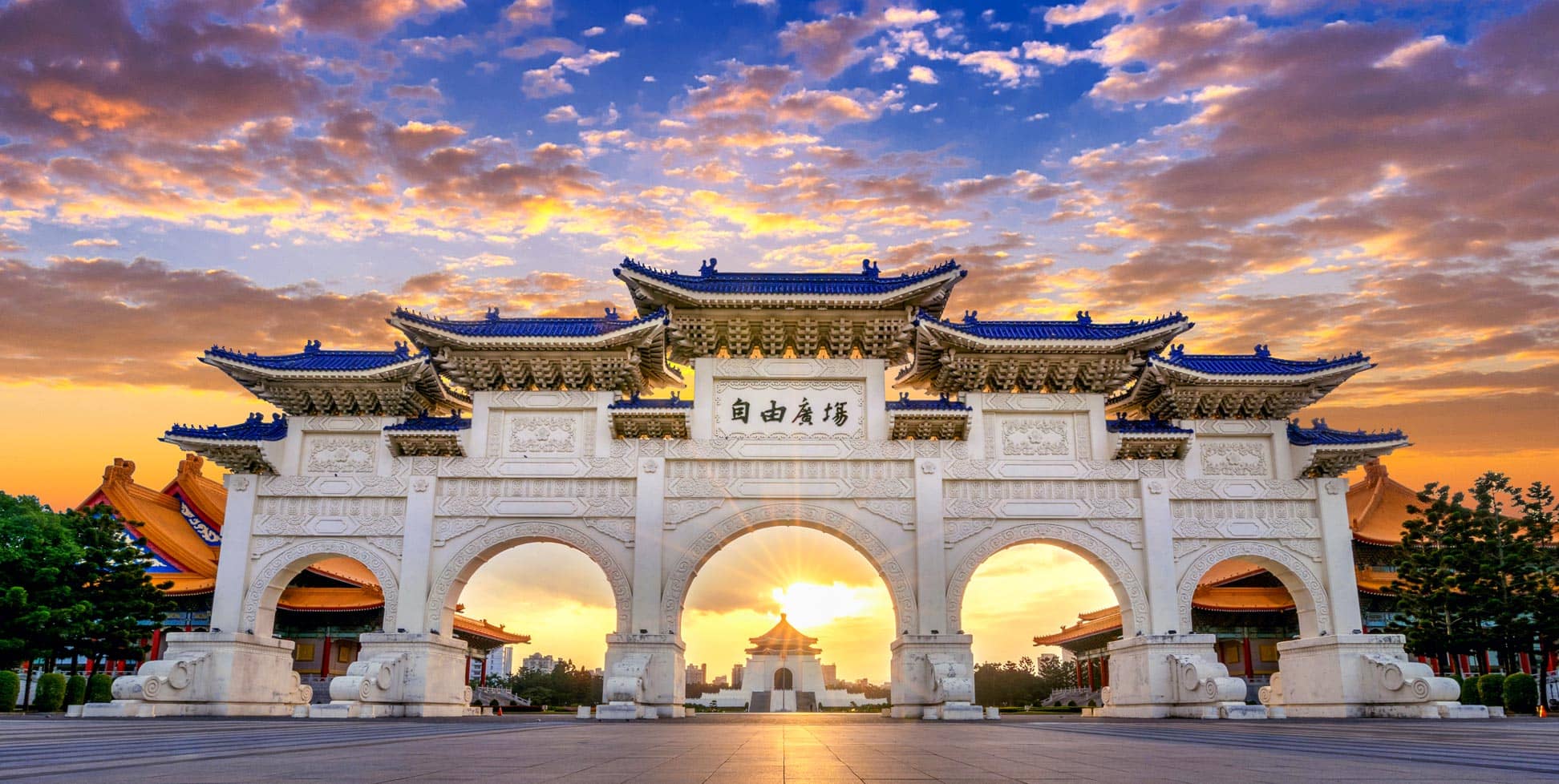Taiwan: A Unique Island Nation
Taiwan, officially recognized as the Republic of China (ROC), is fascinatingly known as Formosa. Nestled between the Strait of Taiwan, the South China Sea, and the Philippine Sea, this highly mountainous island lies approximately 370 km (230 miles) north of Luzon, the main island of the Philippines. It is also around 180 km off the southeastern coast of China. Moreover, Taiwan shares maritime borders with significant neighbors such as the People's Republic of China, Japan, and the Philippines, making it strategically important in East Asia.
Geographical Overview of Taiwan
Covering an area of 36,188 km², Taiwan is slightly larger than Belgium and smaller than the combined area of the U.S. states of Maryland and Delaware. Notably, its landscape features mountain ranges, lush plains, and stunning coastlines, offering a diverse environment. This diverse geography leads to a variety of climates across the island, contributing to its unique ecosystems.
Demographics and Language in Taiwan
As of 2024, Taiwan boasts a population of approximately 23.4 million, establishing it as one of the most densely populated regions globally, second only to Bangladesh. Taipei serves as the capital, while New Taipei City, or Xinbei, ranks as the largest urban area, housing around 4 million residents. The dominant language spoken in Taiwan is Mandarin Chinese, also referred to as Putonghua. Interestingly, this linguistic element reflects the island's historical ties and cultural dynamics with mainland China.
Religious Practices in Taiwan
Culturally, Taiwan harbors a rich tapestry of religious practices that encompass Buddhism, Taoism, and various Chinese folk religions. One notable aspect of Taiwanese culture is the deep-rooted practice of ancestor veneration, illustrating the island’s respect for heritage and family bonds, which continue to shape societal values.
Historical Context of Taiwan
The Japanese Rule and Post-World War II Era
In a striking turn of events, a military defeat in 1895 compelled China to cede Taiwan to Japan. However, after World War II, Taiwan fell back under Chinese control. The dramatic shift occurred in 1949 when approximately 2 million nationalists fled to Taiwan following the Communists’ victory on the mainland. Consequently, these nationalists established a government based on the 1947 constitution drafted for all of China.
Taiwan's Democratization and Economic Growth
Over the course of the next fifty years, Taiwan experienced significant democratization. As a result, the island evolved into one of the four Asian Tigers, highlighting its remarkable economic success. The nation’s growth transformed it into a hub of technology and manufacturing, making it a vital player in global trade. Nevertheless, the central political issue remains the relationship with China, as discussions about potential reunification persist.
United States and Taiwan Relations
Furthermore, the United States maintains a strong, albeit unofficial, relationship with Taiwan. Following the 1979 U.S.-P.R.C. Joint Communique, diplomatic recognition shifted from Taipei to Beijing. While the U.S. does not formally support Taiwan's independence, the Taiwan Relations Act of 1979 provides a legal foundation for the unofficial relationship. This Act underlines the commitment of the United States to assist Taiwan in maintaining its defensive capabilities.
Is Taiwan an Independent Country?
The question of Taiwan's status as a country leads to various interpretations. According to the Montevideo Convention, four essential criteria establish statehood: a defined territory, a permanent population, a functioning government, and the ability to engage in international relations. With a defined territory and a considerable population, Taiwan satisfies the first two criteria. Additionally, the island operates under a democratic government.
Challenges to Taiwan's International Presence
Nonetheless, Taiwan struggles with the fourth criterion. Under Beijing's insistence, Taiwan remains excluded from most international organizations. During events such as the Olympic Games, it competes as “Chinese Taipei.” Taiwan’s government asserts that the ROC maintains diplomatic relations with 15 countries, with robust ties to nations such as Australia, Canada, EU countries, Japan, New Zealand, and the United States.
Political Landscape of Taiwan
Understanding Taiwan's Political System
Taiwan operates as a unitary, semi-presidential democratic republic, effectively navigating complex political dynamics. During the Cold War era, most Western countries and the United Nations regarded the ROC as the legitimate government of China until the 1970s. In 1971, however, UN member states voted to recognize the People’s Republic of China instead.
Election Integrity and Public Support for Democracy
Taiwan has earned accolades for conducting clean elections and upholding political rights. The general public overwhelmingly supports the principles of democracy and primarily approves of the existing political framework. Nevertheless, challenges arise when evaluating the political system’s actual performance. Several structural factors contribute to this struggle; for instance, the system's reliance on majority principles can foster polarization, complicating efforts to achieve political compromise.
The Future of Taiwan: Navigating Challenges
Ultimately, Taiwan faces multiple challenges on its path forward. Political polarization, international isolation, and the delicate balance of relations with China demand careful navigation. While the island nation celebrates its achievements, it continuously seeks ways to thrive amidst global complexities.
Embracing a Bright Future for Taiwan
Despite these hurdles, the resilience and spirit of the Taiwanese people shine through. Their commitment to democracy, cultural heritage, and economic growth paints an optimistic picture for the future of Taiwan, capturing the fascination of the world around them.
Largest cities of: Taiwan
| City Name | Population | Year of foundation | |
| Taipei | 2,600,000 | 1895 | |
| New Taipei | 4,000,000 | 2010 | |
| Taichung | 3,000,000 | 1895 | |
| Kaohsiung | 2,800,000 | 1782 | |
| Tainan | 2,000,000 | 1661 | |
| Yunlin County | 665,000 | 1950 | |
| Hsinchu | 450,000 | 1700 | |
| Keelung | 380,000 | 1884 |


